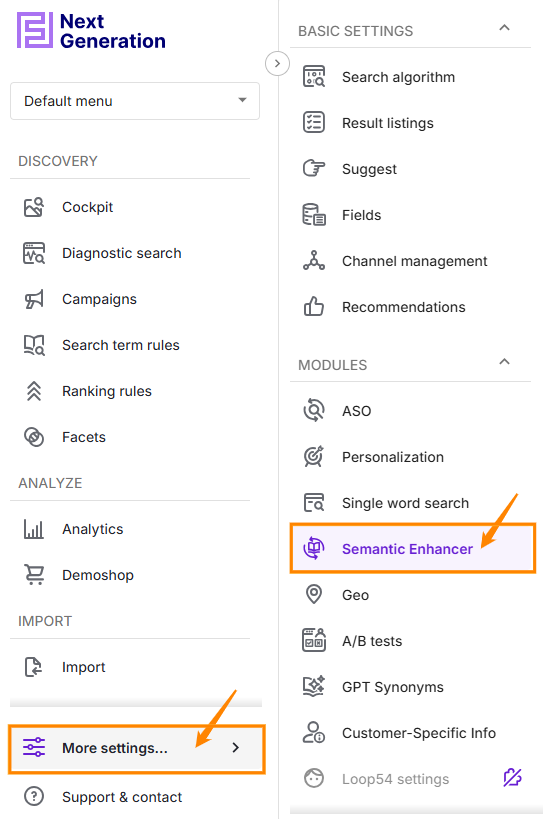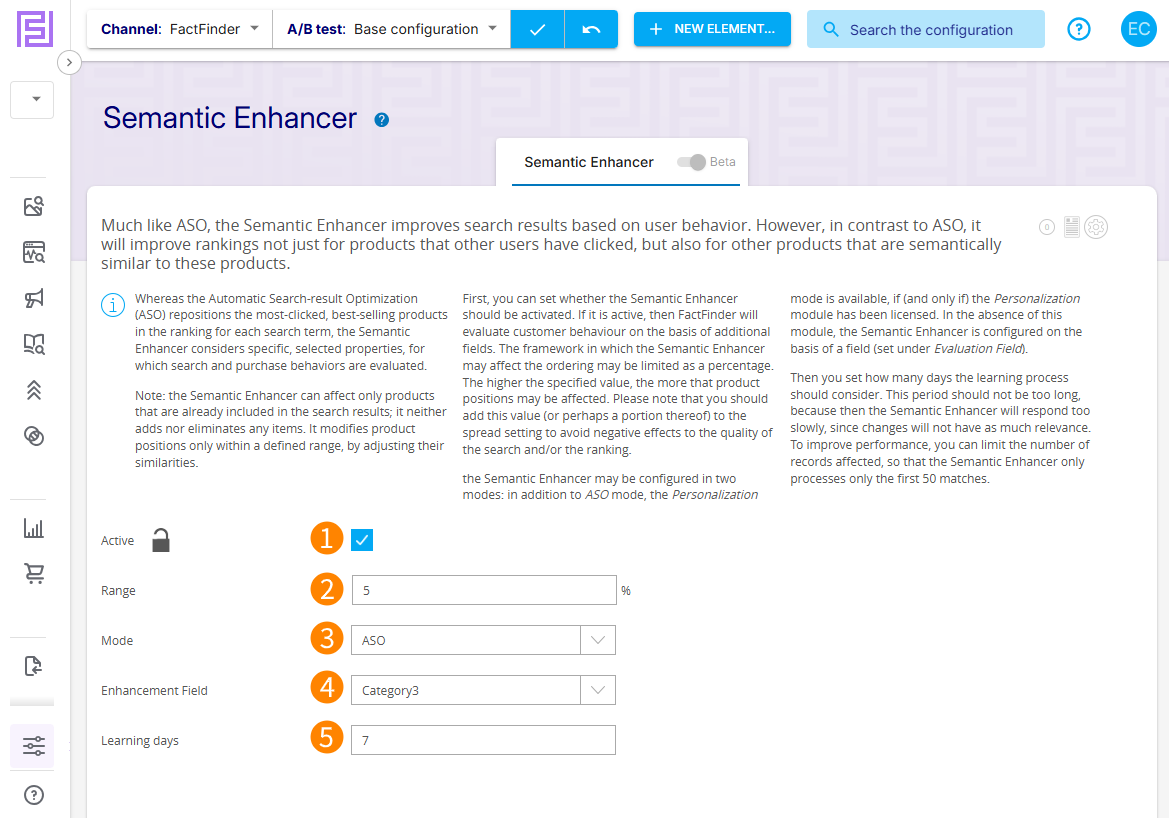Search results with built-in optimisation
Conventional search functions all work along the same lines; They compare search terms with the product data stored in the shop. This generally works. But not always, because the product descriptions usually contain the same terms as the descriptions of the accessories. Search engines consider both a hit – resulting in product accessories often appearing before the product being sought. Until now this problem could only be solved manually and in a time consuming manner in the back end. The Semantic Enhancer makes it possible for the first time to recognize the relationships between search queries and the subsequent customer transactions. The information gained is automatically used in the search results. With every click on a product detail page, the contents of each shopping cart and each completed sale improve the hit quality and thus improve the satisfaction of the shop visitors. Products are products, and accessories are accessories. The customer is shown what he or she is looking for first.
.png)
The Semantic Enhancer affects the ranking similar to the ASO. Unlike the ASO, the Semantic Enhancer does not look at products for the search terms, but for example categories. This way FactFinder can recognize, based on customer behaviour, that when searching for printers, ink is rarely bought, but often printers. FactFinder will then push back the ink results for this search.
Semantic Enhancer module can be found in left side menu, next to More setting…→ Semantic Enhancer in Modules category.


Configuration of the Semantic Enhancer is similar to the ASO: You decide if it should be active (1) and which bandwidth should be used (2).
With Mode (3) set to ASO, FactFinder will copy basic settings from ASO.
Set Modus to Personalization to have more in-depth control over the Semantic Enhancer. The field to be enhanced (4) has to be set, as well as the number of learning days (5) (Standard: 7).
Perfectly sorted search results.
Your customers find exactly what they’re looking for.Virtually no manual intervention needed in the back end.
Constantly updated information. Your searches improve with each data import.
Increased sales through improved shop usability.